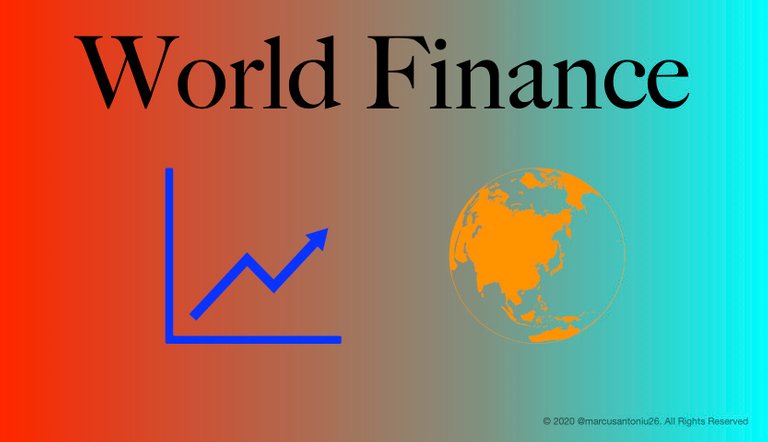
Litecoin (LTC) is a decentralized, open-source digital currency that was created in 2011 by Charlie Lee, a former Google engineer. It was designed to complement Bitcoin by addressing some of the limitations of the Bitcoin network, such as transaction speed, scalability, and energy consumption.
Like Bitcoin, Litecoin is based on a blockchain technology, which is a decentralized ledger that records all transactions in a secure and transparent manner. However, Litecoin differs from Bitcoin in several ways, including the following:
Faster transaction times: Litecoin blocks are processed every 2.5 minutes, compared to Bitcoin's 10-minute block processing time. This means that transactions are confirmed more quickly, allowing for faster transactions and a better user experience.
Higher transaction capacity: Litecoin can handle up to 84 million coins, compared to Bitcoin's limit of 21 million coins. This means that Litecoin can support more transactions at a faster rate than Bitcoin.
Lower fees: Litecoin transactions typically have lower fees than Bitcoin transactions, making it more cost-effective for smaller transactions.
Different mining algorithm: Litecoin uses a different mining algorithm than Bitcoin, called Scrypt. This algorithm is designed to be more memory-intensive than Bitcoin's SHA-256 algorithm, which means that it can be mined using consumer-grade hardware and is more resistant to specialized mining equipment.
Litecoin has gained popularity as a viable alternative to Bitcoin and other cryptocurrencies due to its faster transaction times, lower fees, and ability to handle more transactions. It has also been adopted by some merchants as a payment option, and is traded on a variety of cryptocurrency exchanges.
Litecoin can be bought and sold on cryptocurrency exchanges, and can be stored in a digital wallet. These wallets can be hardware wallets, which store the cryptocurrency offline for increased security, or software wallets, which can be downloaded and installed on a computer or mobile device.
Litecoin has also been used in a variety of applications beyond just a means of payment. For example, it has been used in decentralized finance (DeFi) applications, such as lending and borrowing platforms, and has been integrated into various gaming and gambling platforms.
In conclusion, Litecoin is a decentralized, open-source digital currency that was created to complement Bitcoin and address some of its limitations. It offers faster transaction times, higher transaction capacity, lower fees, and a different mining algorithm than Bitcoin. Litecoin has gained popularity as a viable alternative to Bitcoin and other cryptocurrencies, and has been used in a variety of applications beyond just a means of payment.
For further information, read this article